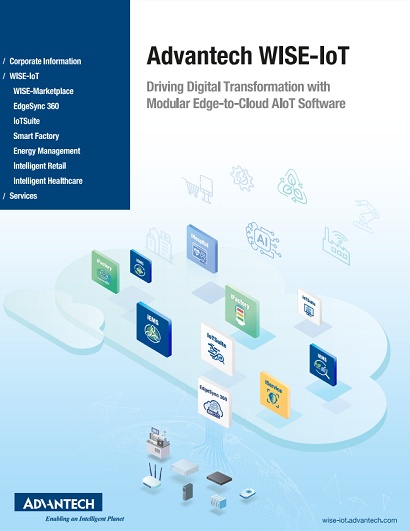Whitepaper - 2G cellular & dial-up landline services will disappear
06/10/2023
2G cellular & dial-up landline
services will disappear
The deadline for the 2G sunset, where existing 2G cellular networks are switched off, is rapidly approaching with the majority of European services due to be withdrawn by the end of 2025. This poses a potential problem for utility companies in particular, and for the wider M2M community in general. Due to fundamental differences in the underlying cellular technology, any deployed 2G modems are incompatible with newer LTE and 5G cellular services, and will simply stop communicating when 2G services are withdrawn. Replacing the modem with a newer model is impractical, as many of the connected field or control room devices lack the IP connectivity necessary for operation in these environments. And yet these field devices often have many years of potential service life left in them, and are often deployed on 24/7, mission critical processes, meaning complete replacement of both the connectivity solution and the field equipment is both expensive and risk filled.
So how can organizations currently using 2G communication networks preserve continuity of operation, and protect their investment in existing equipment beyond the 2G sunset?
This whitepaper from Advantech explains a practical solution which allows existing equipment, currently connected via 2G cellular or PSTN dial up (which is also due to be withdrawn in the next few years), to be connected via modern LTE or 5G networks in a way which is completely transparent to the connected field equipment, maintaining operation with minimum disruption or risk. This extends the service lifetime of existing field devices, protecting the capital investment they represent, whilst at the same time providing a managed migration path to the adoption of LTE/5G communications for future field equipment.


.jpg)
.png)
